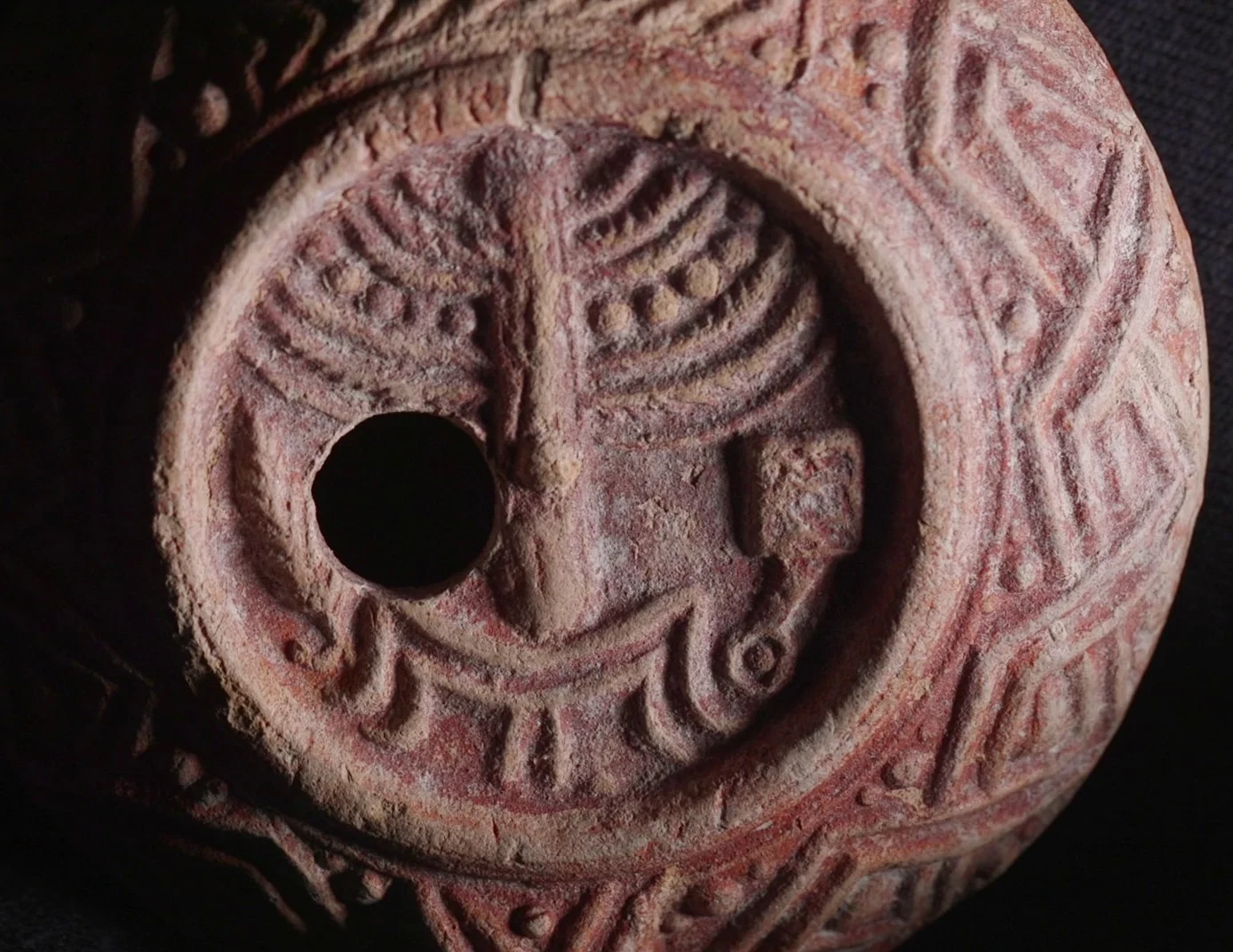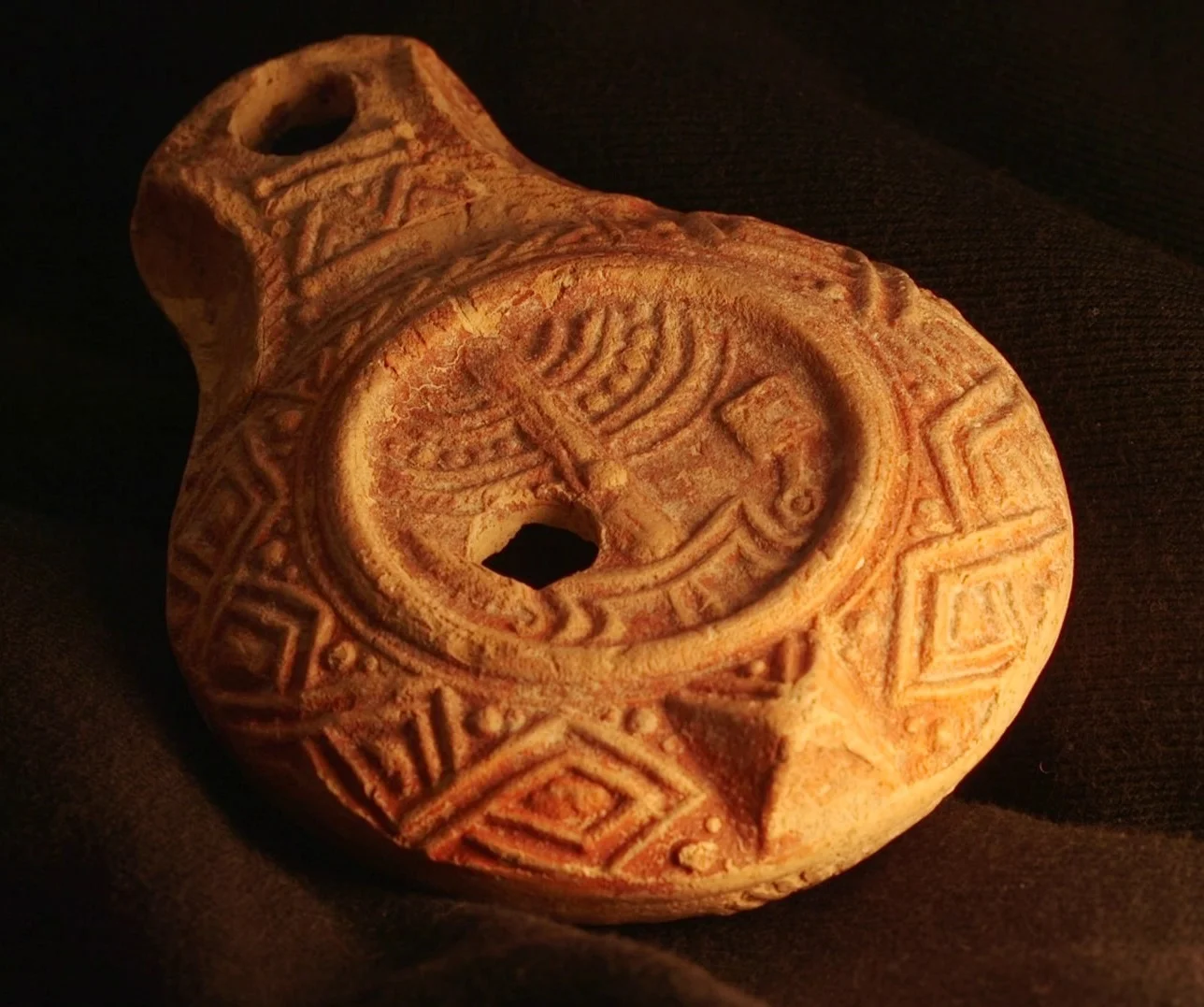Archaeologists excavating near the Mount of Olives in Jerusalem have discovered a rare ceramic lamp from the Late Roman period, decorated with symbols of the Temple menorah.
According to a press statement by the Israel Antiquities Authority (IAA), the symbols include the menorah, an incense shovel, and a lulav (a palm branch used in Jewish rituals).
Michael Chernin, excavation director from the IAA, said: “The symbols are associated with the Jewish connection to the Temple. This finding is particularly surprising, since, we have very little evidence of the existence of a Jewish settlement in and around Jerusalem from this period.”
“After the Roman emperor Hadrian suppressed the Bar Kochba rebellion in AD 135, Jews were expelled from the city. The Mount of Olives lamp is one of the few material traces of a Jewish presence around Jerusalem in the 3rd-5th centuries AD,” added Chernin.

The Temple menorah became a Jewish symbol in the Second Temple period. However, after the Temple’s destruction, the menorah image became an important icon in the Jewish collective memory, both within Israel and the Diaspora.
Archaeologists suggest that the lamp belongs to the “Beit Nattif” type, named after its production workshop near Bet Shemesh, located approximately 30 kilometres (19 mi) west of Jerusalem.
The lamp’s intricate production involved delicately carved limestone moulds crafted with chisels and drills. The clay was pressed into these moulds and fired to create the final vessel.
Minister of Heritage Rabbi Amichai Eliyahu remarked, “This unique oil lamp, bearing the symbols of the Temple, bridges the lights of the past with the celebration of Chanukah today, reflecting the enduring connection of the Jewish people to their heritage and the memory of the Temple.”
Header Image Credit : IAA
Sources : Israel Antiquities Authority







